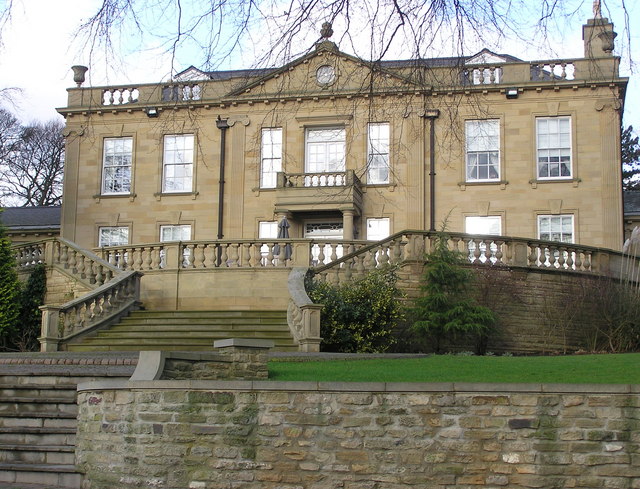Topics > County Durham > Witton-le-Wear > Witton-le-Wear Parish, 1848
Witton-le-Wear Parish, 1848
WITTON-LE-WEAR (St. Philip and St. James), a parish, in the union of Auckland, N. W. division of Darlington ward, S. division of the county of Durham, 5 miles (W.N.W.) from Bishop-Auckland; containing 1,017 inhabitants. It is intersected by the road from West Auckland to Corbridge, and comprises by computation 5,060 acres, of which 2,677 are in the township; of the latter, 1,221 acres of arable, 1,210 grassland, 186 wood, and 58 road and waste. The surface is much diversified, a ridge extending from west to east, with slopes to the north, and a steeper descent to the narrow river-vale on the south; the soil is chiefly sharp, gravelly, and alluvial, in some parts loam, and to the north a poor clay. The village is situated on the acclivity of an eminence rising from the north bank of the Wear, which is crossed by a bridge. The scenery around is of great beauty, and on the south bank of the stream is Witton Castle, skirted on the west by the narrow dell of the Lyn burn, which joins the Wear a little below the bridge. This castle, built about 1410, was the baronial mansion of the lords d'Eure, many of whom signalized themselves in border warfare; it is a large oblong edifice, with towers and turrets, and a handsome gateway entrance in the Norman style recently added by Sir W. Chaytor. In the great civil war it was held by Sir William d'Arcy for the king, and was besieged and taken by the parliamentarians, under Sir Arthur Haslerigg. The castle and estate have been sold by Sir W. Chaytor for nearly £100,000. Good coal abounds in the vicinity, at a moderate depth, and from the south side of the river large quantities are exported: sandstone, which is in general the substratum, is quarried for building purposes, and blue lias for the roads. At Witton Park pit is a manufactory for fire-bricks and draining-tiles. There is railway communication with the neighbourhood of Wolsingham, on one side, and with Darlington, Stockton, and Hartlepool, on the other. The living is a perpetual curacy, with a net income of £94: the church, an ancient structure, is in the early English style, but much disfigured by incongruous alterations and repairs. A school was endowed in 1766, with £8 per annum; and the interest of £110. 16. 6., the amount of various benefactions, is distributed among the poor.
Extract from: A Topographical Dictionary of England comprising the several counties, cities, boroughs, corporate and market towns, parishes, and townships..... 7th Edition, by Samuel Lewis, London, 1848.

from https://openlibrary.org/books…
A topographical dictionary of England, Samuel Lewis, 7th Ed., 1848
- A topographical dictionary of England
comprising the several counties, cities, boroughs, corporate and market towns, parishes, and townships, and the islands of Guernsey, Jersey, and Man, with historical and statistical …
Added by
Simon Cotterill


from https://openlibrary.org/books…
A topographical dictionary of England, Samuel Lewis, 7th Ed., 1848
- A topographical dictionary of England
comprising the several counties, cities, boroughs, corporate and market towns, parishes, and townships, and the islands of Guernsey, Jersey, and Man, with historical and statistical …
Added by
Simon Cotterill








